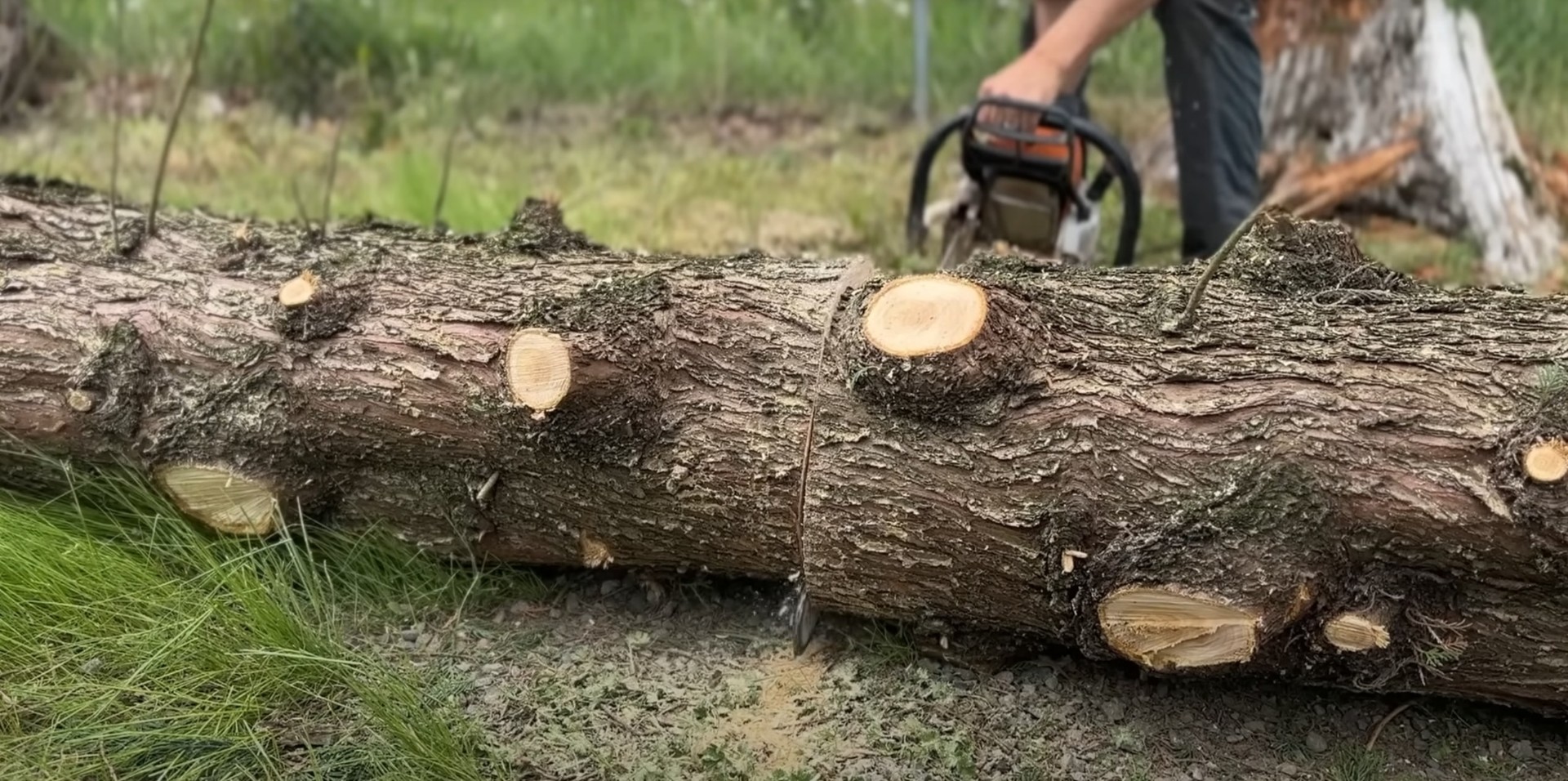Professional Tree Trimming & Pruning
Expert tree trimming and pruning services in Lombard, IL. Enhance tree health, safety, and beauty with scientifically-based pruning techniques from certified arborists.
The Science of Professional Pruning
Professional tree trimming combines artistry with scientific principles to enhance tree health while achieving aesthetic goals. Did you know that improper pruning cuts can reduce a tree's lifespan by decades? Each cut triggers complex biological responses that either promote healing or invite decay, making technique crucial for long-term tree health.
Trees compartmentalize wounds through chemical and physical barriers that prevent decay from spreading throughout the trunk. Understanding these natural defense mechanisms allows certified arborists to make cuts that work with the tree's biology rather than against it, promoting rapid healing and maintaining structural integrity.

Types of Professional Pruning
Crown cleaning represents the most common pruning service, removing dead, diseased, and weakly attached branches throughout the canopy. This preventive maintenance eliminates potential failure points while improving air circulation and light penetration. Regular crown cleaning extends tree life and reduces storm damage risk significantly.
Crown thinning selectively removes branches to reduce overall canopy density while maintaining the tree's natural shape. This technique is particularly valuable for mature trees that cast excessive shade or show signs of stress from overcrowding. Proper thinning improves wind resistance and reduces weight load on major limbs.
Crown raising removes lower branches to provide clearance for buildings, vehicles, or pedestrian traffic. The amount of crown that can be safely removed depends on tree species, age, and overall health. Over-raising weakens trees and creates imbalanced canopies that are prone to failure.
Crown reduction decreases overall tree size by cutting back to lateral branches, maintaining natural form while addressing space constraints. This challenging technique requires exceptional skill because improper cuts can destroy tree structure and health. Crown reduction should only be performed by certified professionals with extensive training.
Timing and Seasonal Considerations
Dormant season pruning, typically performed from late fall through early spring, offers several advantages for tree health and wound healing. Trees have maximum energy reserves during dormancy, allowing rapid compartmentalization of pruning wounds. Cold temperatures also minimize disease and pest activity that could complicate healing.
Species-specific timing requirements affect pruning schedules significantly. Oak trees should never be pruned during active growth periods due to oak wilt disease risk, while maples may bleed excessively if pruned in late winter. Understanding these nuances prevents costly mistakes that could compromise tree health.
Emergency pruning sometimes necessitates work during less-than-ideal seasons. Storm damage, hazardous branches, or utility conflicts may require immediate attention regardless of optimal timing. In these cases, our arborists use specialized techniques to minimize stress and promote rapid recovery.
Flowering trees require careful timing to avoid removing next year's flower buds. Spring-blooming species like magnolias and redbuds should be pruned immediately after flowering, while late-season bloomers can be pruned during dormancy. Our tree health and maintenance programs account for these species-specific requirements.
Pruning Young vs. Mature Trees
Young tree pruning focuses on structural development and training to prevent future problems. Establishing good branch spacing, removing competing leaders, and correcting structural defects during early years prevents costly correction work later. Proper juvenile pruning can eliminate 90% of mature tree problems.
Mature tree pruning requires different approaches because major structural changes are no longer possible without seriously compromising tree health. The focus shifts to maintaining existing structure, removing hazardous conditions, and managing decline in aging specimens. Understanding these limitations prevents over-pruning that weakens mature trees.
Restoration pruning addresses trees that have been previously damaged by storms, poor pruning, or disease. This specialized technique gradually improves tree structure over several years, working within the tree's current limitations to enhance safety and health. Restoration work requires patience and expertise to achieve successful outcomes.
Equipment and Safety Standards
Professional pruning equipment includes specialized chainsaws, pole saws, hand pruners, and rigging gear designed specifically for tree work. Regular maintenance and sharp cutting tools ensure clean cuts that heal rapidly, while dull or damaged equipment creates ragged wounds that invite decay and pest problems.
Climbing safety standards in professional arboriculture have evolved significantly with new equipment and techniques that improve worker protection. Our crews use redundant safety systems, regular equipment inspection, and ongoing training to maintain the highest safety standards in the industry.
Specialized rigging techniques allow controlled removal of large branches without ground impact, protecting landscaping and structures below. These systems distribute weight loads safely and provide precise control over falling branches, essential for work in confined urban environments.
Common Pruning Mistakes to Avoid
Topping, the indiscriminate cutting of major branches, represents the most damaging pruning mistake homeowners make. This practice destroys tree structure, promotes weak regrowth, and significantly increases long-term maintenance costs. Trees rarely recover fully from severe topping, making tree removal necessary in many cases.
Over-pruning stresses trees by removing too much foliage at once, reducing the tree's ability to produce energy through photosynthesis. The general rule limits pruning to no more than 25% of the canopy in a single season, with some species tolerating even less. Gradual pruning over multiple years achieves better results than aggressive single-season work.
Improper cut placement creates wounds that heal poorly or become entry points for decay organisms. Professional arborists understand branch collar biology and make cuts that work with natural healing processes. These seemingly minor technique differences significantly impact long-term tree health and structural integrity.
Ready for Professional Tree Trimming?
Invest in your trees' long-term health with expert pruning from certified arborists. Proper technique makes all the difference.
